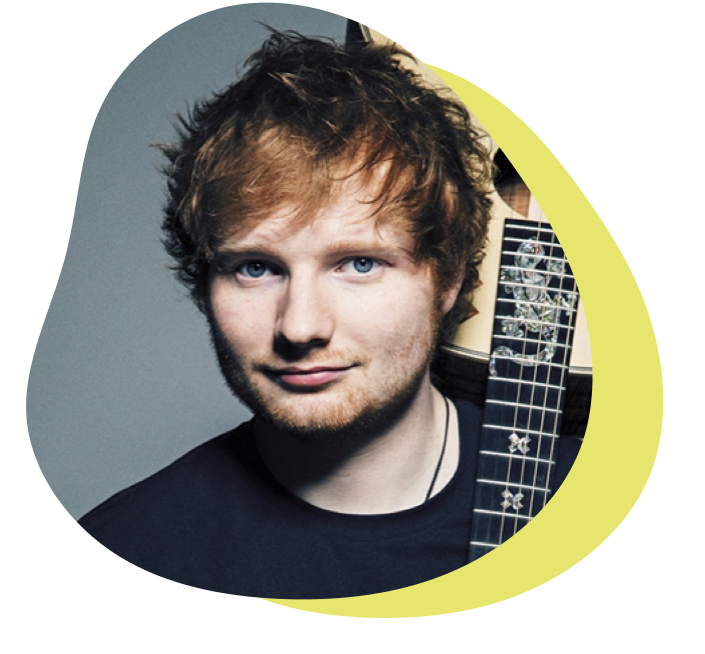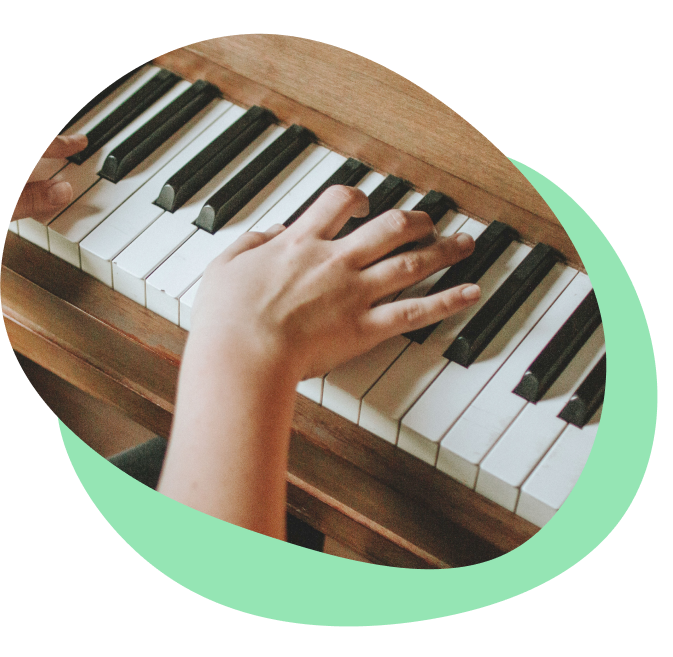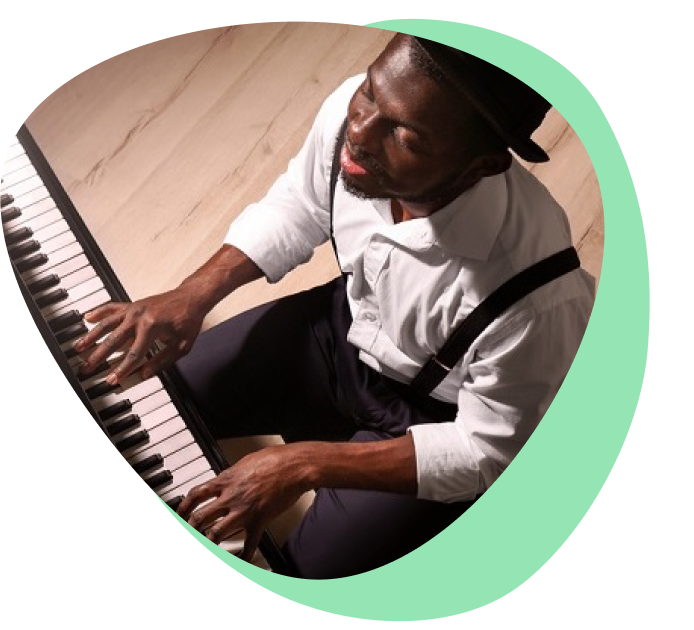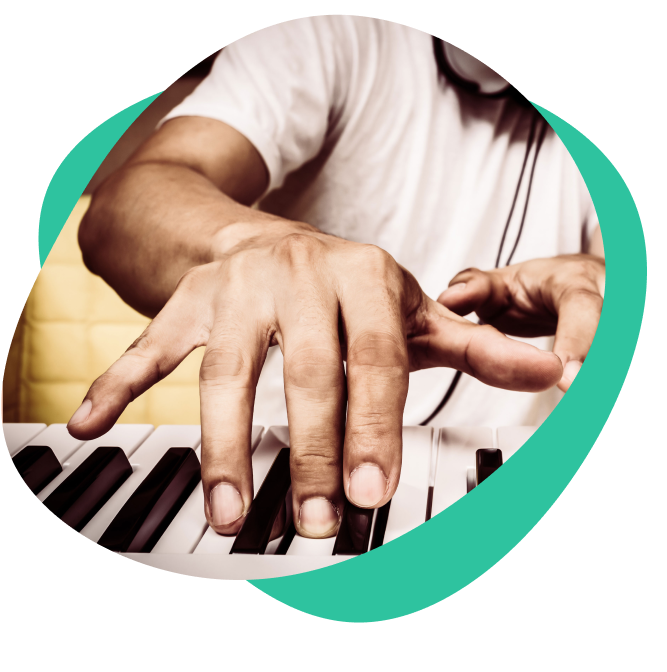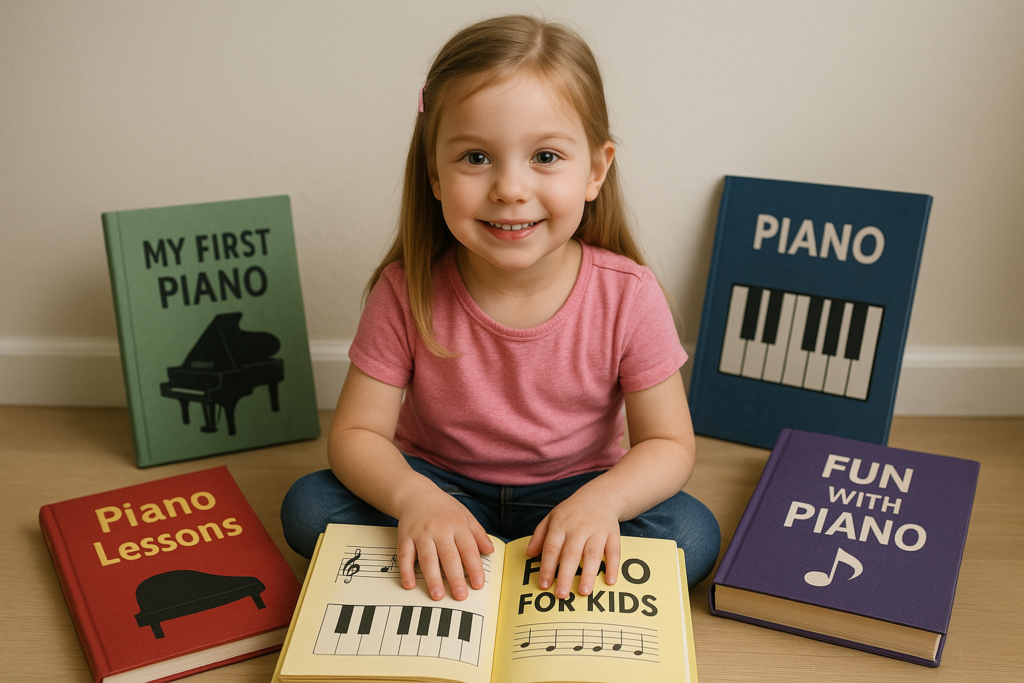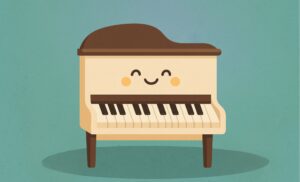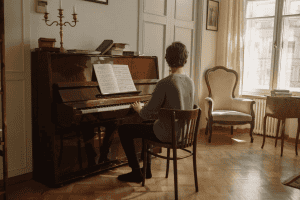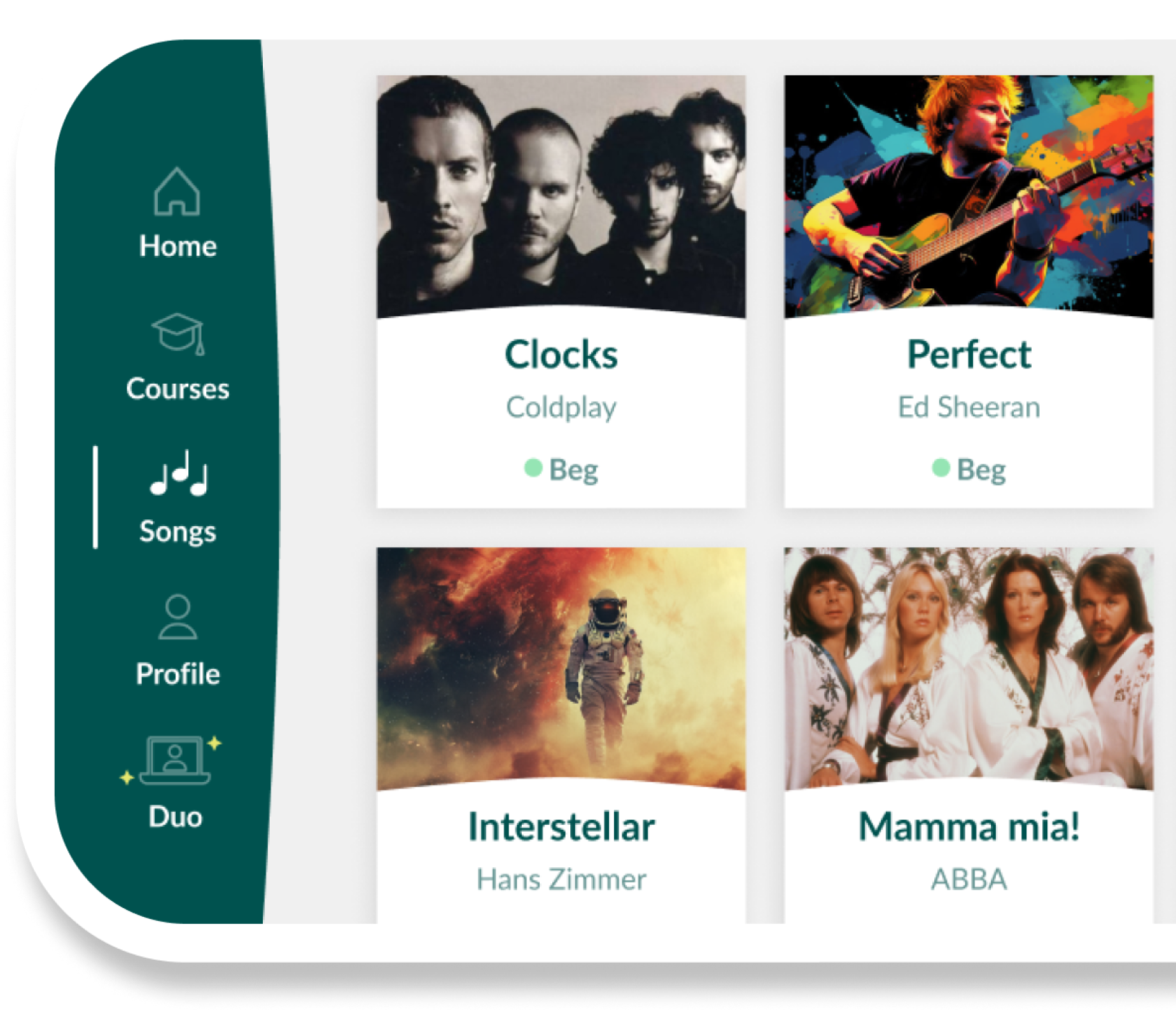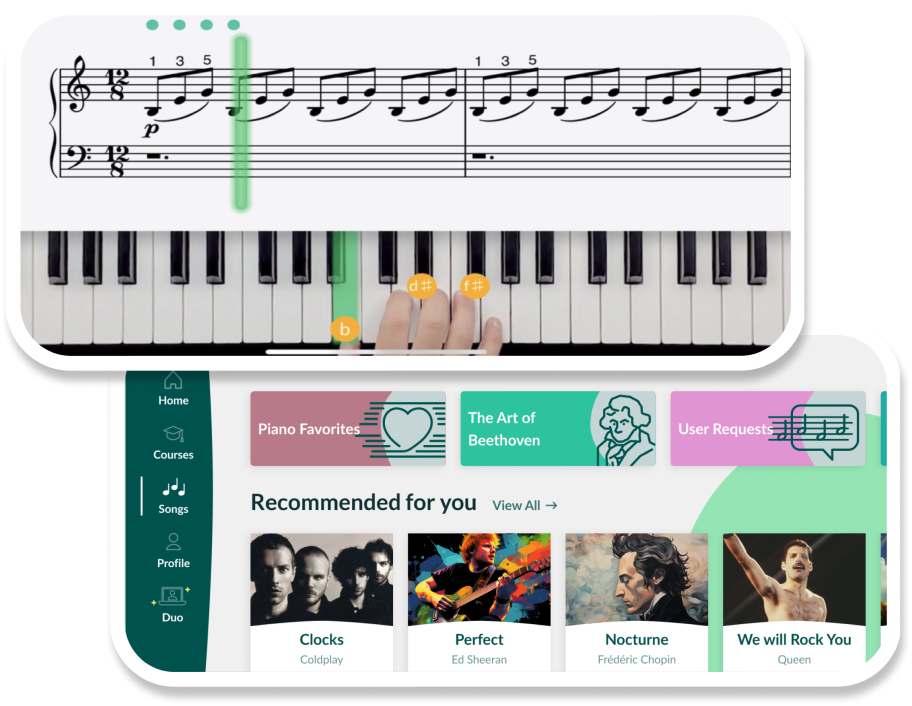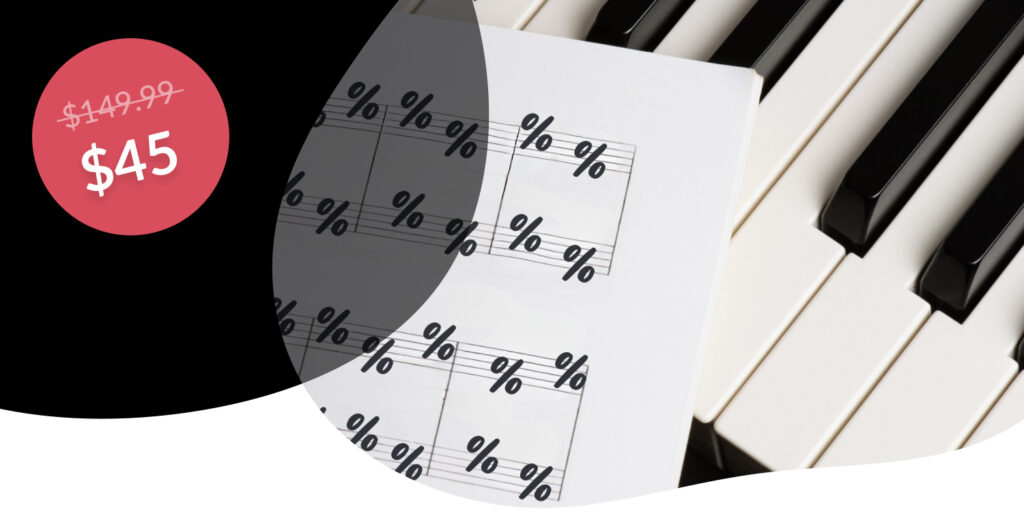Not all piano books for beginners are created equal, what works wonderfully for one child might leave another feeling confused or bored. Choosing the right book depends on more than just age; it’s about matching the book’s style and structure with your child’s unique needs, learning environment, and goals. If you’re ready to explore the best beginner piano books for kids you’re in the right place.
- Fall in love with the music - Learn your favorite songs, at a level suitable for you.
- Enjoy interactive piano lessons - Explore courses covering music theory, technique chords & more.
- Get real-time feedback - Skoove's feedback tells you what went well and what needs practice.
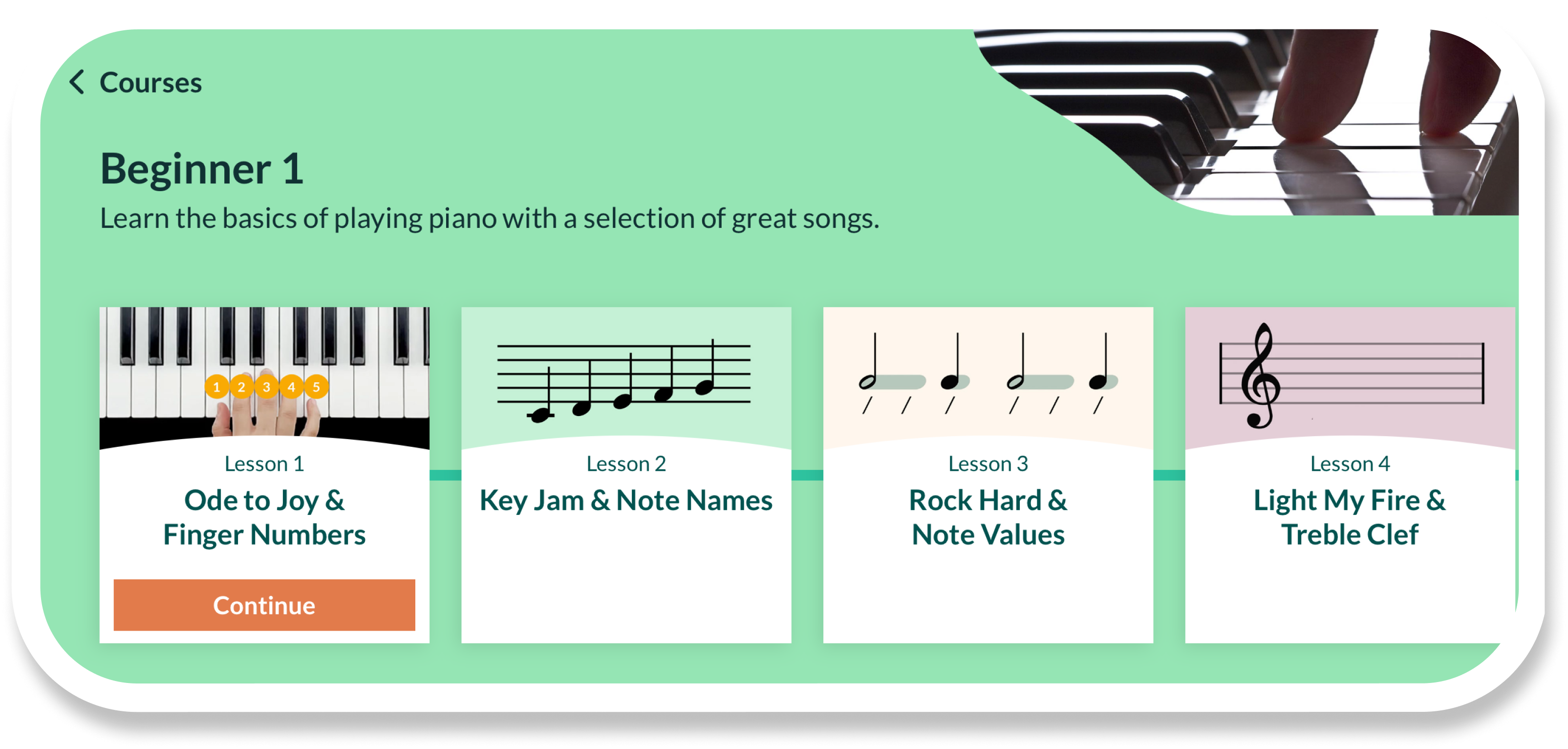
The best piano books for kids
My first piano adventure (Faber) – best for ages 4–6
Perfect for preschoolers, this book turns piano lessons into a multisensory adventure. It’s designed to capture short attention spans with songs, stories, and colorful illustrations.
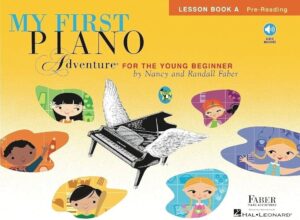
- Uses storytelling, movement, and singing to teach rhythm and pitch
- Big notes and simple visuals for early learners
- Includes fun characters and themed songs to keep kids engaged
- Great for teachers or parents guiding very young beginners
This book works best when paired with interactive or hands-on teaching and is ideal for kids who learn by doing and love playful repetition.
Piano adventures primer level (Faber) – great for beginners age 6+
A step up from My First Piano Adventure this primer is perfect for school-aged beginners who are ready to dive deeper.
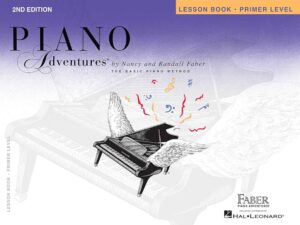
- Structured lessons that gradually introduce reading and playing
- Modern approach with classical and popular tunes
- Incorporates technique, theory, and musicality together
- Widely used in music schools around the world
Its thoughtful progression and variety of musical styles make it a go-to choice for teachers and a motivating option for learners.
John Thompson’s teaching little fingers to play – classic choice for absolute beginners
This beloved method book has stood the test of time, introducing generations of young pianists to the joy of music.
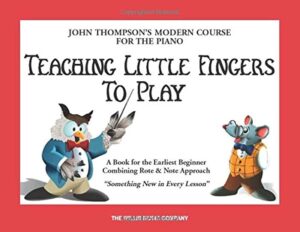
- Easy-to-follow layout with big notes and finger numbers
- Gentle learning curve perfect for small hands
- Includes simple, charming songs that children recognize
- Strong focus on basic reading and hand coordination
Though it has a more traditional layout than newer books, it remains a reliable starting point, especially for those who appreciate a no-frills, proven method.
Bastien piano basics (primer & level 1) – friendly and well-rounded for structured learners
The Bastien Piano Basics series offers a colorful, balanced approach to learning. With its clear progression and integrated theory, it’s a solid foundation for long-term piano development.
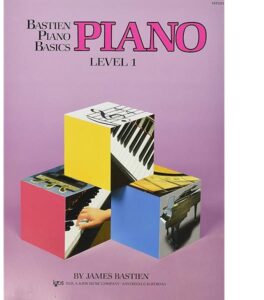
- Combines technique, theory, performance and ear training
- Uses fun illustrations and imaginative themes
- Encourages sight-reading and musical thinking early on
- Great for both classroom and at-home learning
Teachers love this book for its completeness, while kids enjoy its playful presentation. It’s especially good for learners who respond well to routine and structure.
A dozen a day (mini book/book 1) – perfect for building finger strength and independence
More of an exercise book than a method book, A Dozen a Day is ideal for warm-ups and technique-building. Its simplicity makes it a fantastic companion to any piano lessons for kids.
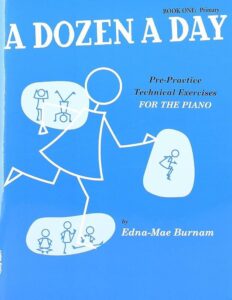
- Fun, bite-sized technical exercises
- Organized like mini ‘workouts’ for finger agility
- Prepares young hands for more challenging music
- Complements any other piano book or method
If your child enjoys challenges or needs extra help strengthening their fingers, this is a smart addition to their learning routine.
Little pianist: Piano songbook for kids – fun songs and easy notation for beginners
This beginner-friendly songbook features large-print notation and charming arrangements of simple tunes, helping children play real songs from the very start.
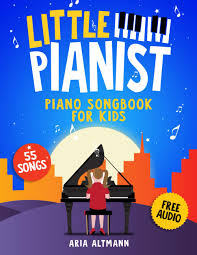
- Color-coded notes and clear finger guides
- Big fonts and uncluttered pages for easy reading
- Features familiar songs like Twinkle Twinkle and Old MacDonald
- Helps build confidence through repetition and recognition
Great for self-learners or as a supplement to a main method book, this songbook keeps motivation high with fun pieces kids already know and love.
Easy piano sheet music for kids – simple songs to build confidence
Sometimes, all a child needs to stay motivated is the joy of playing a song they recognize. This book offers exactly that, a collection of beginner-friendly tunes that are fun to learn and satisfying to play.
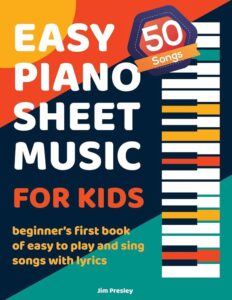
- Includes folk songs, nursery rhymes, and simple classics
- Big notes, clear spacing, and finger numbers
- Encourages sight-reading and rhythm practice
- Great as a reward or extra practice book
It’s not a complete method on its own, however it’s an excellent supplement for kids who want to feel like ‘real’ musicians early on.
Music for little mozarts (Alfred) – imaginative learning for preschoolers
For children who love stories and characters, this book series creates a magical musical world through adorable illustrations and narrative-driven lessons.
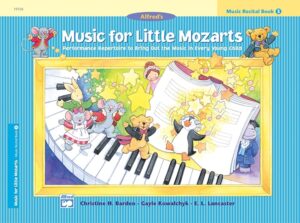
- Follows the adventures of Beethoven Bear and Mozart Mouse
- Introduces music fundamentals through storytelling and play
- Combines theory, listening, and technique
- Excellent for ages 4–6 with active parental or teacher guidance
This series stands out for its creative flair, making each lesson feel like a new adventure. It’s especially great for keeping very young learners engaged.
Hal Leonard student piano library – flexible and teacher-friendly curriculum
This modern, comprehensive method is built for structured learning. It’s a great choice for kids who are serious about learning piano and want a smooth journey into intermediate levels.
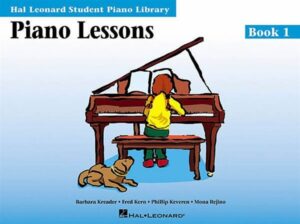
- Balanced focus on reading, rhythm, and technique
- Includes classical and pop-style pieces
- Reinforces skills with companion theory books
- Developed with input from experienced piano educators
Its modular design makes it ideal for private lessons and adaptable for self-paced learners using tools like Skoove alongside it.
Why piano books are important for kids
Beginner piano books for kids play a huge role in shaping a child’s early music experience. They guide young learners step by step, making music fun and manageable.
Here’s why they matter:
Provide structure – lessons build gradually, helping kids gain confidence with steady progress.
Simplify concepts – rhythm, note names, and finger placement are taught through playful songs and activities.
Make practice fun – colorful illustrations and familiar tunes turn practice into play.
Keep learning organized – whether with a teacher or at home, books offer a clear path and reduce frustration.
Build confidence – completing pages or books gives kids a rewarding sense of achievement.
The right piano book helps turn learning into a joyful, confidence-boosting experience.
How to choose the right piano book for your child
- Learning style and personality
Is your child an imaginative thinker who thrives on stories and characters? A book like Music for Little Mozarts could be a perfect fit. If they enjoy solving puzzles or following clear rules, they might prefer structured books like Piano Adventures or Bastien Piano Basics. The key is to find a format that feels natural to them whether visual, auditory or kinesthetic.
- Level of parental or teacher involvement
Some books are built with guided instruction in mind, offering cues for teachers or parents on how to support the lesson. Others are more self-guided and user-friendly for independent learners. If you’re planning to teach your child at home, make sure the book includes helpful notes or companion resources that make it easier to follow.
- Motivation through music
Children are more likely to stick with piano lessons when they’re playing music they recognize or enjoy. Songbooks with familiar tunes can be great for motivation, especially early on. If a child lights up when playing Twinkle Twinkle or a holiday song, that instant joy can spark longer-term commitment.
- Visual and layout design
Design matters, especially for children. Cluttered pages, small fonts or bland visuals can discourage practice. The best books for beginners have clean layouts, helpful illustrations, and intuitive page flow that invite children to turn the page and keep learning.
Ultimately, the best piano book is one that sparks curiosity, fits your child’s pace, and makes music feel approachable. Don’t be afraid to try more than one until you find what clicks. Alongside piano learning books Skoove makes it easy for kids (and parents) to have your children’s piano lessons at home with real-time feedback and fun songs that bring each page to life.
Author of this blog post:
Matthew Dickman

With over a decade of experience in music education Matthew holds a BA in Music from Paul McCartney’s LIPA and an MA in Composition from the University of Salford. Mathew has developed a distinctive compositional voice and approach to music theory education through his research and work in the music industry. Matthew’s writing for Skoove combines experience from orchestral and media composition, and as a gigging jazz musician, to create a wholistic and accessible pedagogy for musicians of any level. Away from music, he enjoys reading and exploring nature to expand his horizons and knowledge contributing to his holistic teaching style.



